
European Emissions sticker: regulations per country
1 March, 2022 | Update: 20/02/2025
Many cities in Europe have environmental zones. These can often only be entered with a valid environmental sticker, vignette, or after registration. The most polluting cars and motorhomes are sometimes no longer allowed to enter the city or city center. In which holiday countries do you need environmental stickers? We have listed it for you.
[The information in this article was checked and updated in February 2025.]
- Low emission zones and emission sticker France
- Low emission zones and emission sticker Belgium
- Low emission zones and emission sticker Luxembourg
- Low emission zones and emission sticker Denmark
- Low emission zones and emission sticker Germany
- Low emission zones and emission sticker Great Britain and Northern Ireland
- Low emission zones and emission sticker Italy
- Low emission zones and emission sticker Hungary
- Low emission zones and emission sticker Austria
- Low emissision zones and emission sticker Spain
- Low emission zones and emission sticker Norway
- Low emission zones and emission sticker Sweden
Low emission zone and emission sticker France
Low emission zones and emissions stickers in Belgium
Belgium has low emission zones (LEZ) in Antwerp, Brussels and Ghent. But other cities are introducing more regulations as well.
General regulations for low emission zones in Belgium
-
-
- An emissions sticker is not required in Belgium, but we do recommend checking beforehand whether your car or motorhome may enter a city with an LEZ.
- If your car or motorhome does not meet the correct emission class standards, you might be allowed to enter the city regardless by applying for an exemption or a day pass.
- In Belgium, whether or not you may enter the city depends on the emission class of your vehicle. This determination is listed under V.9 on your registration certificate. You can also check your vehicle details through an online license plate check.
- The emission class is based on the registration date of your car or motorhome. The higher the number (1-6), the newer the vehicle and the better the emission class. Belgium also distinguishes between vehicles in category M (passenger cars) and category N (vans and trucks). Check beforehand which category applies to your motorhome! The low emission zones with restrictions are in Antwerp, Brussels, and Ghent. Restrictions in Wallonia will only take effect from 2026.
-
Low emission zone in Antwerp
-
-
- Antwerp’s entire city centre is a low emission zone (LEZ). Read more about the conditions for admission in Antwerp.
- The vehicles that pollute the most are not allowed into Antwerp. The strictest regulations apply for diesel-powered vehicles.
- If you would like to know whether your car of motorhome may enter Antwerp, check online with your registration certificate. This website also provides more information about which emission classes are permitted to enter Antwerp.
- If you do not have access, you can request an exemption which will give you temporary admission. The second option is to buy a LEZ day pass for €35 (£29) per day at a parking metre in the zone. Restrictions do apply – you can apply for a day pass for at most eight days per year. Cars with foreign number plates must be registered.
-
Low emission zones in Brussels and Ghent
-
-
- Going to Brussels or Ghent? The same rules apply in these cities. Foreign vehicles must be registered before entering. Dutch and Belgian vehicles are automatically included in the central registers and do not need to register.
- A low emission zone applies throughout the Brussels municipality. Only vehicles that meet the access criteria are allowed. There are park & rides around the LEZ for vehicles that do not meet the standards. Read more about the LEZ access criteria in Brussels.
- Ghent has an LEZ for the area within the city ring road. Park & rides are also available outside the LEZ. View the LEZ access criteria in Ghent.
-
Highly rated campsites in Belgium:
Low emission zones and emission stickers Luxembourg
There are no low emission zones in Luxembourg. You do not need an environmental sticker for your car or motorhome when traveling to Luxembourg.
Low emission zones and emission stickers Denmark
Denmark has low emission zones in the following cities: Aalborg, Aarhus, Frederiksberg, Copenhagen, and Odense. While an environmental sticker is not required, there are restrictions for certain diesel vehicles.
No eco-sticker but mandatory registration
-
-
-
- The eco-sticker was abolished in July 2020. Instead, a registration requirement has been introduced.
- Since 2020, there is a mandatory registration for diesel vehicles (including foreign ones) to enter a low emission zone. This registration is required.
-
-
Read more about the low emission zones in Denmark.
In the Central Jutland region, you can enjoy beautiful waterside camping. See for yourself:
Low emission zones and emission stickers Great Britain and Northern Ireland
In Great Britain and Northern Ireland, several cities have (adjusted) low emission zones. Each city has different regulations. Be sure to read on if you are planning to visit one or more of the following cities:
-
-
-
- London (LEZ and ULEZ)
- Birmingham (CAZ)
- Bristol (CAZ)
- Bradford (CAZ)
- Portsmouth (CAZ)
- Sheffield (CAZ)
- Tyneside (CAZ)
- Bath (CAZ)
- Glasgow (LEZ)
- Edinburgh (LEZ)
- Aberdeen (LEZ)
- Dundee (LEZ)
-
-
Low emission zones in London
If you are planning to drive to the capital, London, there are a few things to be aware of.
London has various zones with rules and charges to improve air quality and reduce traffic congestion. It is advisable to use public transport within London. If you still choose to drive, the following rules apply:
Congestion charge zones
-
-
-
- In London, you must pay a Congestion Charge to drive in certain areas. These are congestion charge zones. Nearly all vehicles, including foreign-registered cars and motorhomes, must pay this charge. The only exceptions are fully electric cars and motorcycles. These zones are indicated by signs displaying “CCZ,” and cameras automatically register your vehicle.
- Payment is only available per full day and costs £15 (if paid in advance or on the day of travel) or £17.50 per day (if paid on the second or third day). The charge applies on weekdays from 7:00 AM to 6:00 PM and on weekends from 12:00 PM to 6:00 PM. You can pay the Congestion Charge via Transport for London.
-
-
Low emission zones in London
-
-
-
- London also has Low Emission Zones (LEZ) and Ultra Low Emission Zones (ULEZ). Read more and view the map to see where Congestion Charge Zones (CCZ), LEZ, or ULEZ apply.
- For motorhomes, an additional rule applies when entering London’s Low Emission Zone (LEZ). Depending on the weight and age of your motorhome, you may have to pay a charge to drive in this area. Foreign motorhomes must be registered in advance. Make sure to do this at least two weeks before entering the city via this form.
- In an Ultra Low Emission Zone (ULEZ), vehicles that do not meet strict emissions standards can enter but must pay an additional charge of £12.50 on top of the congestion charge.
- On this official government website, all ULEZ regulations are clearly explained.
- In some areas, a Zero Emission Zone (ZEZ) may apply, where only electric vehicles (EVs) are allowed.
-
-
Clean air zones in England
-
-
-
- Clean Air Zones (CAZ) exist in Birmingham, Bristol, Bradford, Portsmouth, Sheffield, Tyneside, and Bath. If your car or motorhome exceeds emission limits, you must pay a daily fee. The rules vary by city, so check the requirements before entering. Manchester is currently reviewing whether to introduce a Clean Air Zone.
- In historic locations such as Durham, a city toll of £2 applies. This fee applies to all vehicles and must be paid from Monday to Saturday between 10:00 AM and 4:00 PM. The toll must be paid in advance online or at local Parking Shops. Failure to pay may result in a £50 fine.
-
-
Low emission zones in Scotland
-
-
-
- The Scottish cities of Glasgow, Edinburgh, Aberdeen, and Dundee have low emission zones (LEZ). While no emission sticker is required, strict Euro standards determine which vehicles may enter these cities.
- In general, petrol vehicles must meet Euro 4 or higher, while diesel vehicles must meet at least Euro 6. Check if your vehicle meets the requirements via the respective city websites.
-
-
These campsites offer excellent public transport connections to London:
Low emission zones and emission stickers in Italy
Italy has numerous cities with low emission zones, known as Zona a Traffico Limitato (ZTL). You may only enter these zones with a permit or during specific hours. The following cities in Italy have a low emission zone (note: this is not a complete list). There’s a good chance that one of these cities is on your vacation bucket list, so be sure to read on:
-
-
-
- Rome
- Florence
- Lucca
- Pisa
- Verona
- Bologna
- Milan
- Palermo
- Bolzano and Bressanone
- Venice
- Here you can find a complete overview of Italian cities with low emission zones.
-
-
Low emission zones in Italian cities
-
-
-
- In the cities listed above, low emission zones are closed to motorized traffic during certain (busy) hours. There is no charge unless you attempt to enter these areas when restrictions apply—doing so will result in a hefty fine. The restricted hours are displayed on traffic signs marking the zones, which you will see when entering.
- More and more tourist areas are also implementing low emission zones.
- If you don’t need to be inside a restricted zone, it’s best to park your car or camper outside the area.
-
-
City tolls for vehicles in Italy
In some cities, a city toll is charged. You will need a permit that grants you access to the city center. The permit can be purchased for a single day or a month from tobacco shops and kiosks.
Loading and unloading in Italy
Need to quickly drop someone off or unload something in Italy? It’s possible, but be aware that in some cities, you may need a temporary permit.
For example, if you’ve booked an apartment in a historic city center, it’s advisable to ask the owner for such a permit.
On vacation in Italy and looking for a way to cool off? Book a spot at one of these campsites with a water park:
Low emission zones and emissions sticker in Hungary
Hungary does not have environmental zones to worry about. However, a smog alert can be issued in Budapest and other major cities, banning certain types of vehicles. These alerts are usually announced one or two days in advance and are effective from 6:00 AM to 10:00 PM.
If there is a smog alarm in Budapest and other large Hungarian cities, certain types of vehicles are banned. The smog alarm is often announced one or two days in advance. More information about the smog alarm in Budapest can be found here.
Regulations for a smog alarm in Hungary
-
-
-
- Often, vehicles with an emissions standard lower than Euro 5 are not allowed in the city center when a smog alarm is in effect.
- Owners of vehicles that are not allowed to drive during a smog alarm can use public transport for free if they present their vehicle registration certificate.
- In fact, visiting Budapest with your car or motorhome is not a good idea. Many streets in the historic city center do not allow vehicles at all.
-
-
Camping in Hungary is becoming increasingly popular. And with such beautiful campsites, we understand why!
Low emission zones and emissions stickers in Austria
As of July 2024, there are no environmental zones for passenger cars in Austria, but there are eight zones for heavier vehicles. Since 2015, all vans (N1), trucks (N2), and heavy trucks (N3) must have an emissions sticker (Abgasplakette). Note that campers registered in vehicle class N also require this sticker. More information about emissions stickers in Austria can be found here.
Low emission zones in Austria
-
-
-
- There are low emission zones in the following provinces and cities: Vienna, Lower Austria, Upper Austria, Styria, Tyrol, Burgenland, Linz, and Außerfern.
- If you don’t have the mandatory emissions sticker, you risk a fine of up to €2.180 (£1803). The fine can be imposed on both the driver and the vehicle owner. According to EU guidelines, fines of €70 (£58) or more can be collected across borders in the home country.
- The maximum speed permitted on Austrian motorways is normally 130 km/h. Certain routes have an environmental speed limit (IG-L) of 100 km/h. Electric cars are exempt from this rule and must have an ‘E’ on their number plate.
- Speed limit restrictions may also be imposed in or around certain cities if the smog levels are high.
-
-
Sticker for motorhomes in Austria
-
-
-
- Motorhomes heavier than 3,500 kg must pay tolls via an electronic toll system using the GO-Box. You need to purchase the GO-Box for €5 (£4) before entering the country, and it replaces the emissions sticker.
- Please note that you must charge the card used in the GO-Box with at least €75 (£62). Additionally, this credit is valid for a maximum of two years.
-
-
Environmental zones and environmental stickers in Spain
As of January 1, 2024, new environmental rules apply in Spain for cities with more than 50,000 inhabitants. There are currently 148 cities (July 2024). In these cities, an environmental sticker is mandatory. Note: Some Spanish cities are still in the process of implementing the environmental zones. The Spanish environmental sticker is not available for vehicles that are not registered in Spain. Fortunately, you can use the environmental sticker from Denmark, Germany, France, or Austria. Handy!
Environmental zone Barcelona
Barcelona has had a permanent environmental zone for some time, known as Zona de Bajas Emisiones (ZBE). This applies from Monday to Friday, from 7:00 AM to 8:00 PM. Foreign vehicles can only enter the city after registration. An environmental sticker from another country is currently not valid in Barcelona. For more info and registration for Barcelona’s environmental zone. If you do not have a long-term permit or Spanish environmental sticker, you can apply for a daily permit. This permit is valid for one day with a maximum of ten days per year.
Environmental zones in Madrid
Madrid also has low emission environmental zones in place. Here, most foreign environmental stickers are valid. Check which foreign environmental stickers are valid in Madrid. For more information about the environmental zones in Madrid.
How to recognize environmental zones in Spain?
-
-
-
- Environmental zones are marked with signs saying ‘Area de prioridad residencial’, ‘Madrid Central’ or ‘Zona Bajas Emissiones’. In addition to environmental concerns, the government is also looking out for the residents. Thanks to the environmental rules, the number of cars in city centers has significantly decreased.
- Cameras are used to monitor whether the zones remain car-free. Anyone in violation can expect a fine. Fines can even reach €1.800 (£1490).
- If you’re driving through France to Spain, it’s useful to purchase a French environmental sticker. It will be valid both in France and Spain (except in Barcelona).
-
-
Enjoy wintering at a Spanish campsite with an indoor pool:
Environmental zones and environmental stickers in Norway
In this beautiful country full of glaciers and mountains, you only need to consider environmental zones in the capital city Oslo and in the fjord city Bergen. You do not need to purchase an environmental sticker for Norway.
Measures due to air quality in Oslo and Bergen
-
-
-
- The government determines when the air quality in Oslo is too poor. At that time, they close the city center to vehicles running on diesel. Exceptions are made for vehicles transporting disabled and mobility-impaired people. Oslo is currently (July 2024) expanding its car-free center.
- The measures are announced at least a day in advance via the media. Therefore, it’s important to keep an eye on local websites. If you want to avoid any risks, public transport is an ideal way to get to your destination.
- In Bergen, on days with poor air quality, only vehicles with an even-numbered license plate can drive on even days, and only vehicles with an odd-numbered license plate on odd days. Alternatively, they may temporarily increase the city toll.
-
-
If you love camping with your dog(s), these campgrounds in Norway are highly recommended!
Environmental zones and environmental stickers in Sweden
In Sweden, environmental zones are becoming increasingly common. The cities of Stockholm, Gothenburg, Helsingborg, Lund, Malmö, Mölndal, Umeå, and Uppsala already have environmental zones in place for buses and trucks (Class 1). Class 2 environmental zones apply to passenger cars: in one street in Stockholm, Hornsgatan, this environmental zone applies to certain passenger cars, vans, and minibuses. Since the end of 2024, Stockholm has implemented Class 3 environmental zones, allowing only specific types of vehicles in the city center.
-
-
-
- If you visit these cities by car or camper, you will have to pay a so-called congestion tax. Only motorcyclists are exempt from this tax.
- No vehicles are required to pay the tax in July and on public holidays.
- The amount of the tax depends on the time you enter the zone. The costs are displayed when entering the zone.
- You do not need to buy an environmental sticker because registration is done using cameras that record your license plate. You will then receive the bill at home.
- If you fail to pay the tax, you may receive a fine of approximately 500 SEK (about £37).
-
-
Enjoy hiking in Sweden? Check out these campsites with beautiful hiking trails that start directly from the campsite:
Public transport and shuttle service from the campsite
Are you traveling by camper and want to visit a beautiful city near your campsite? Often, this can be done easily by public transport. Some campsites even offer a shuttle service.
Stay alert
It is, of course, possible that legislation per country (or even per city) will change during 2025. Always check before departure whether the rules described here are still applicable. Have a great trip!


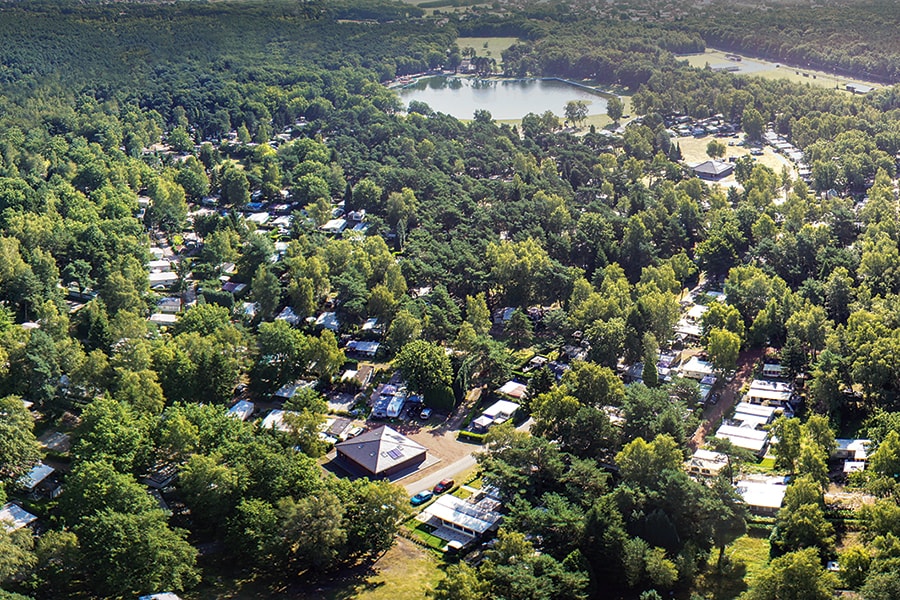
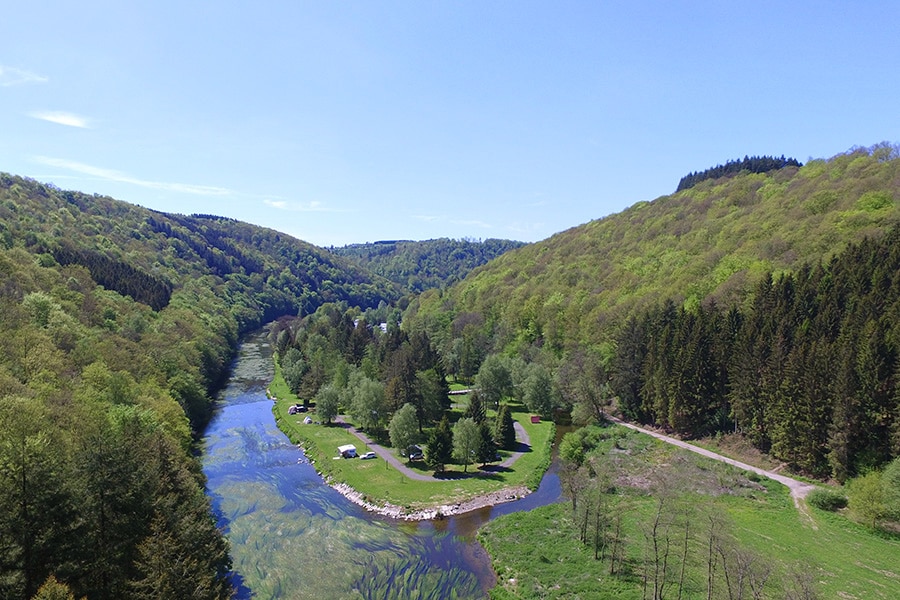

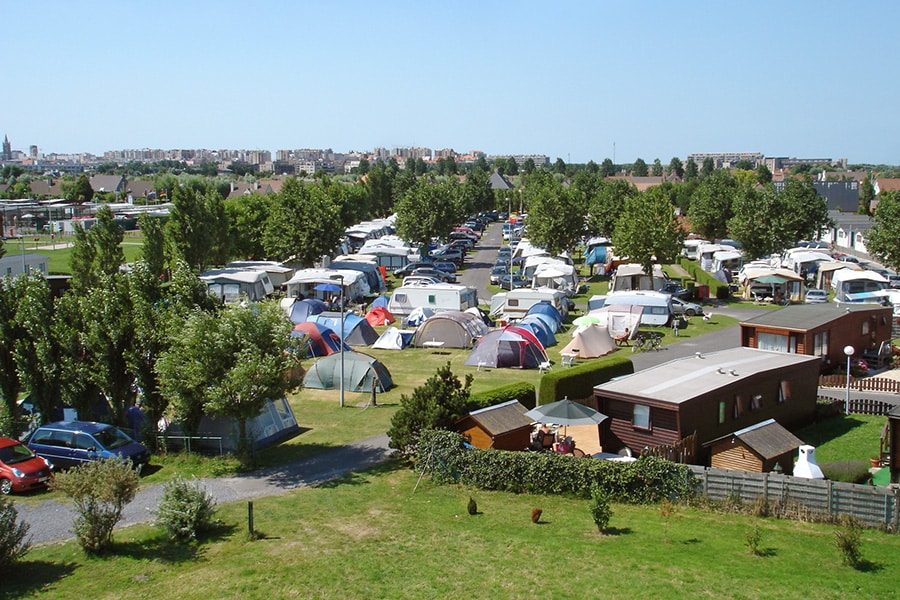

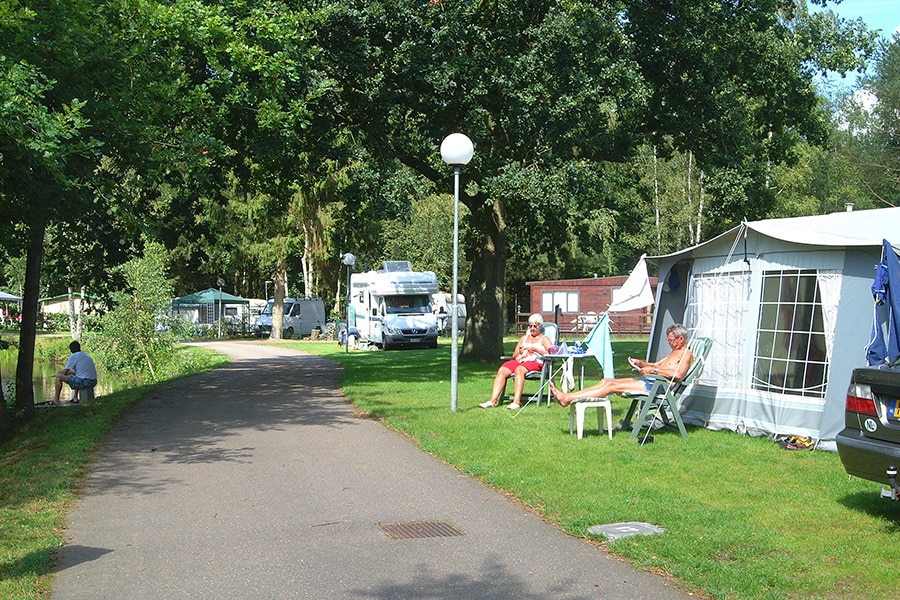

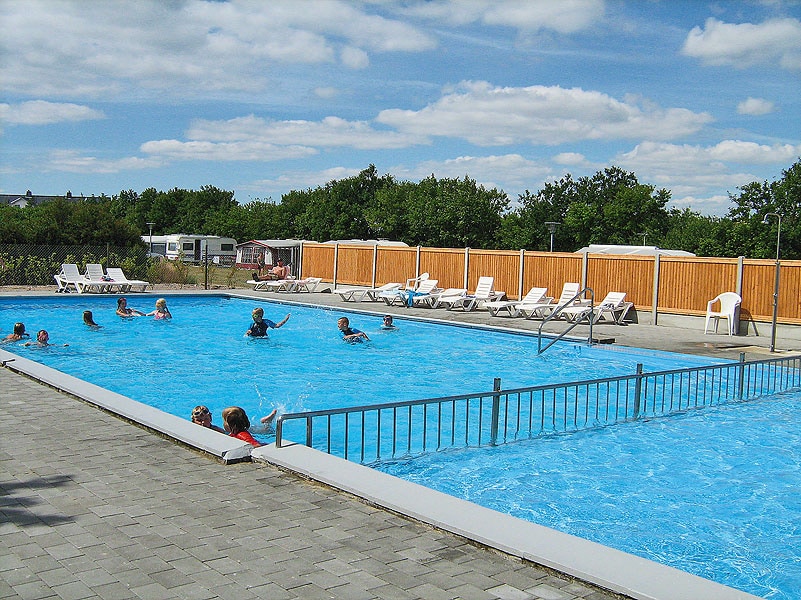
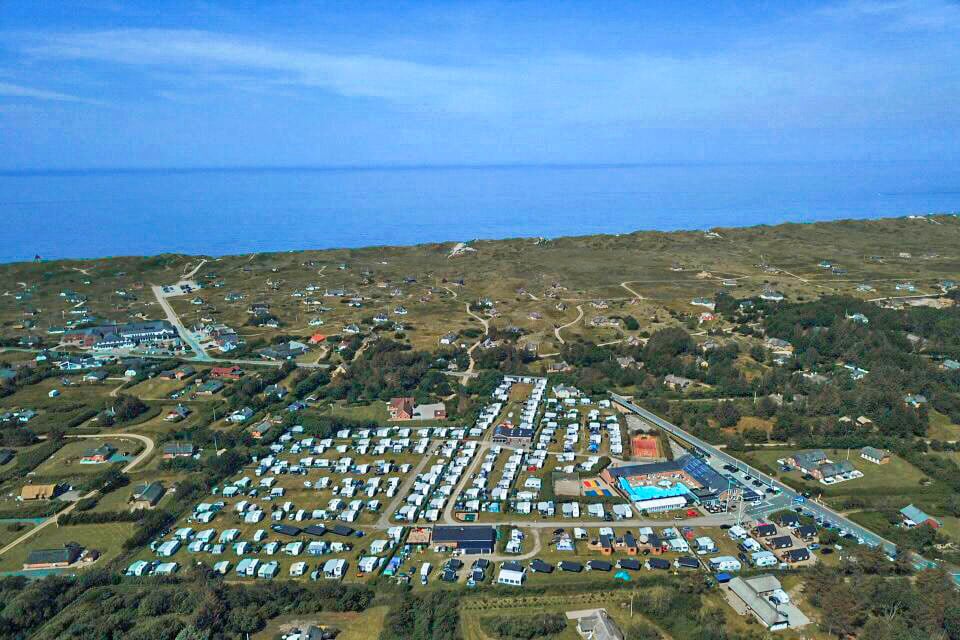
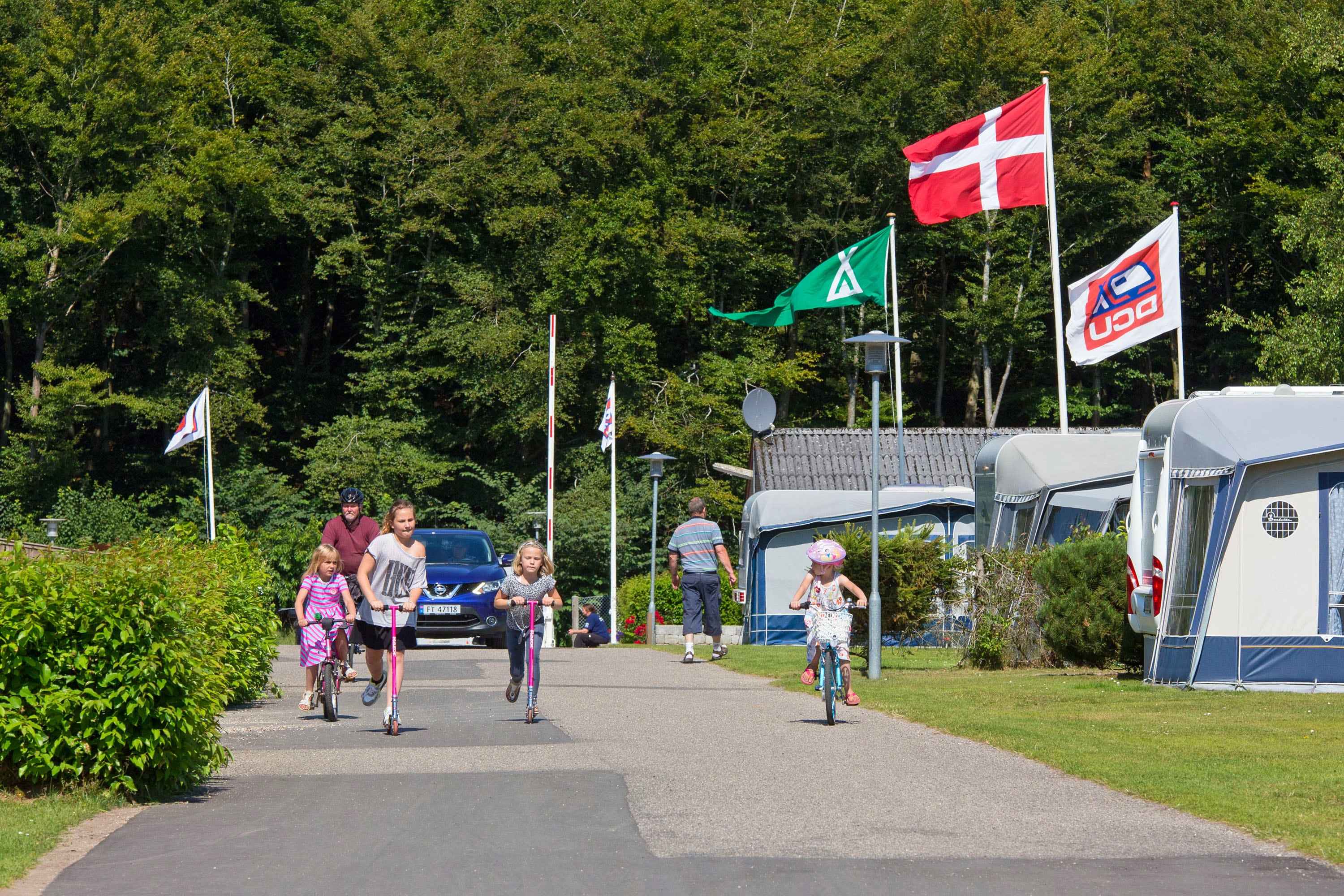


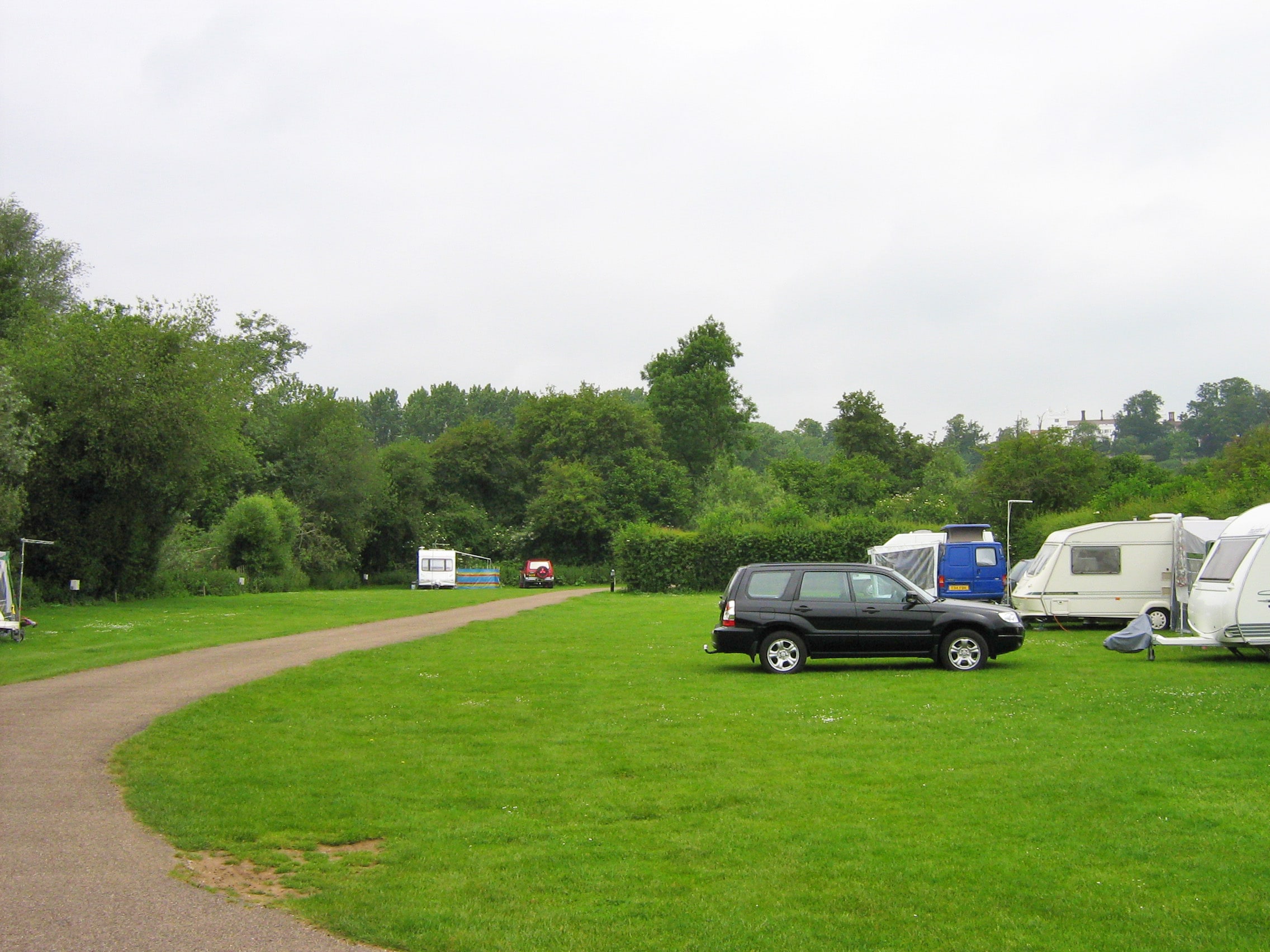

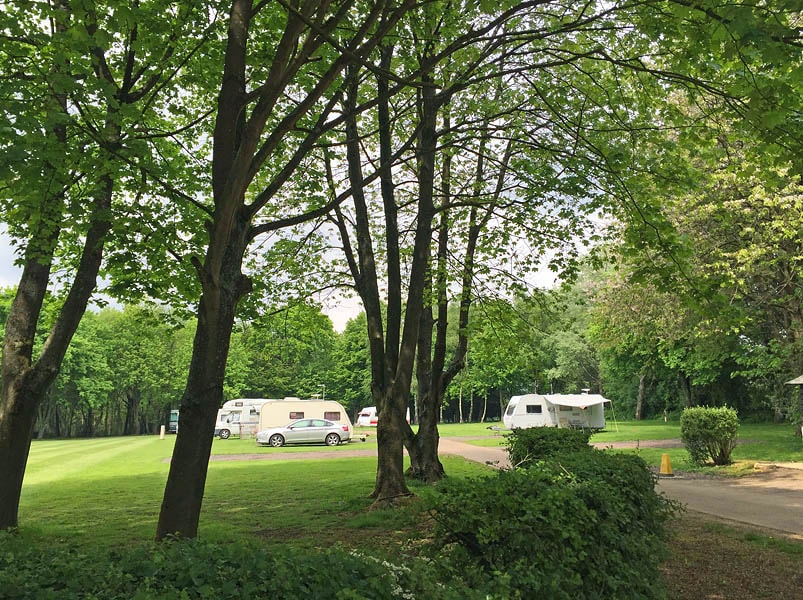


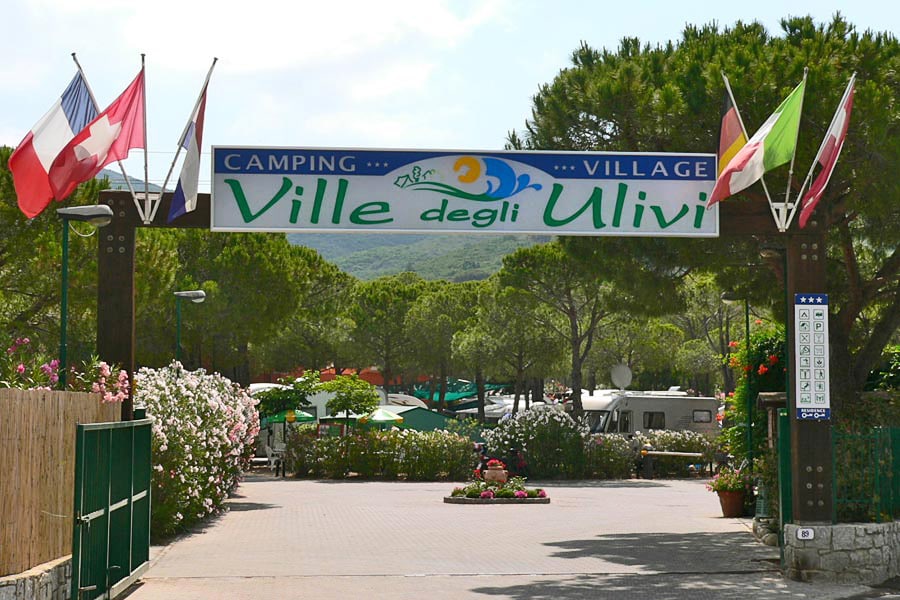


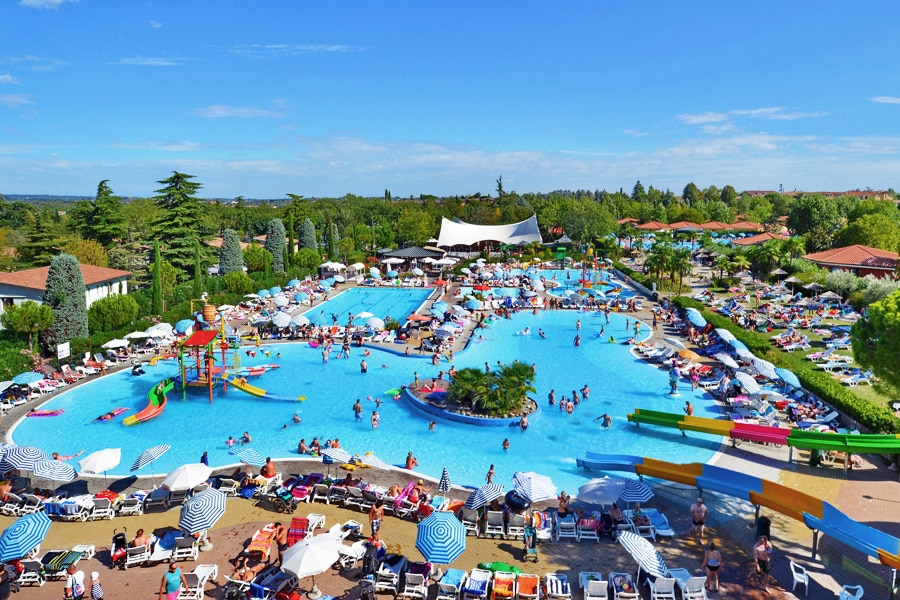

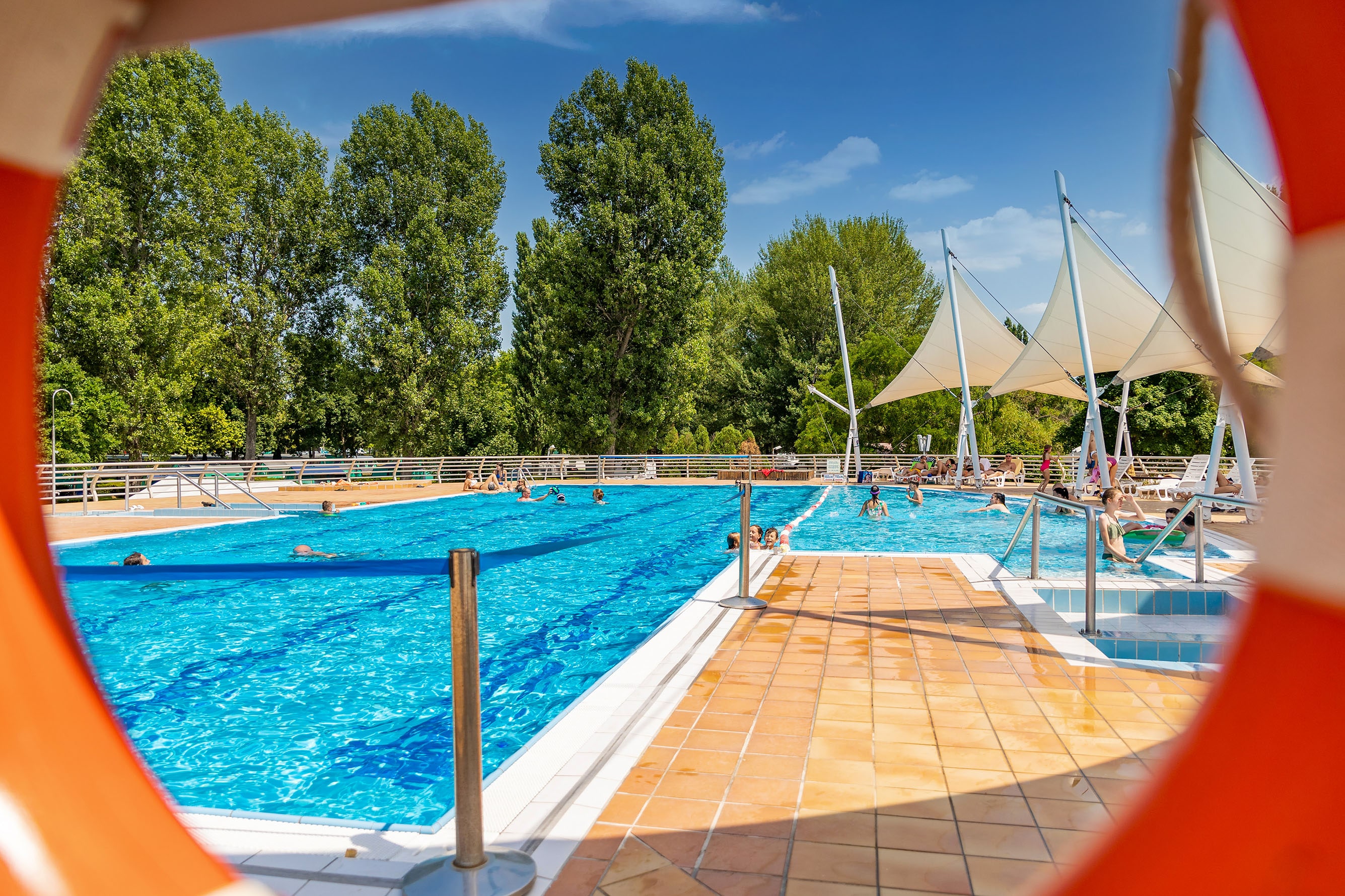
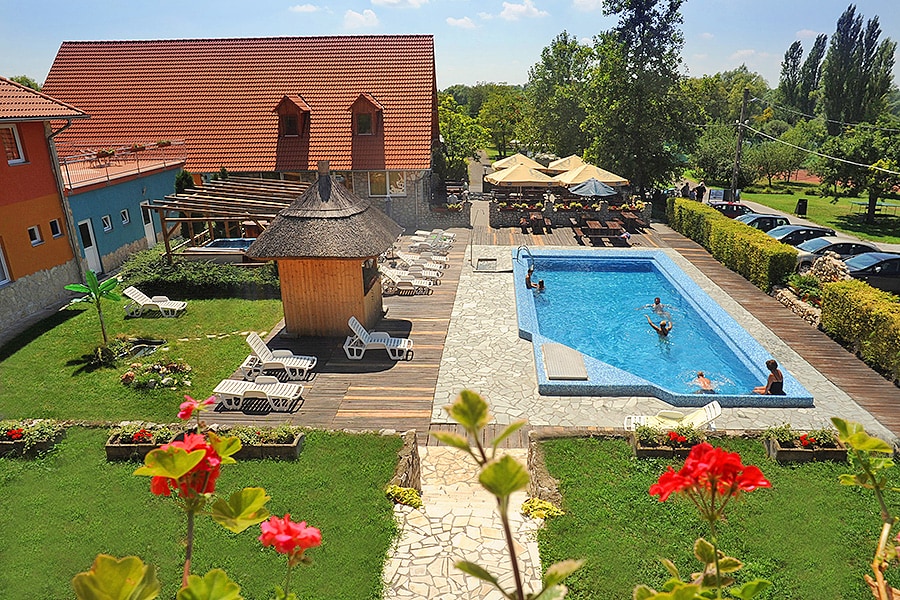
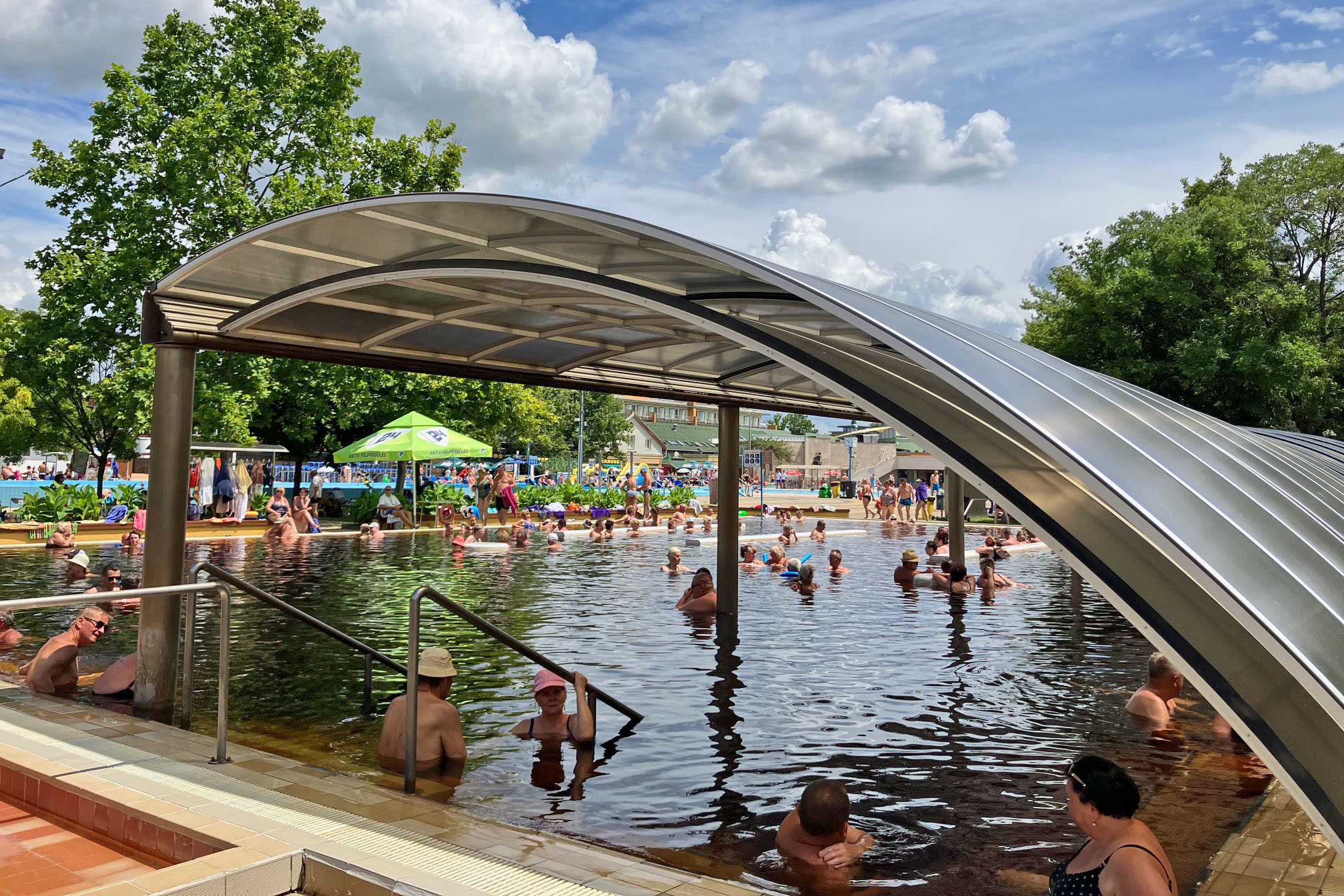
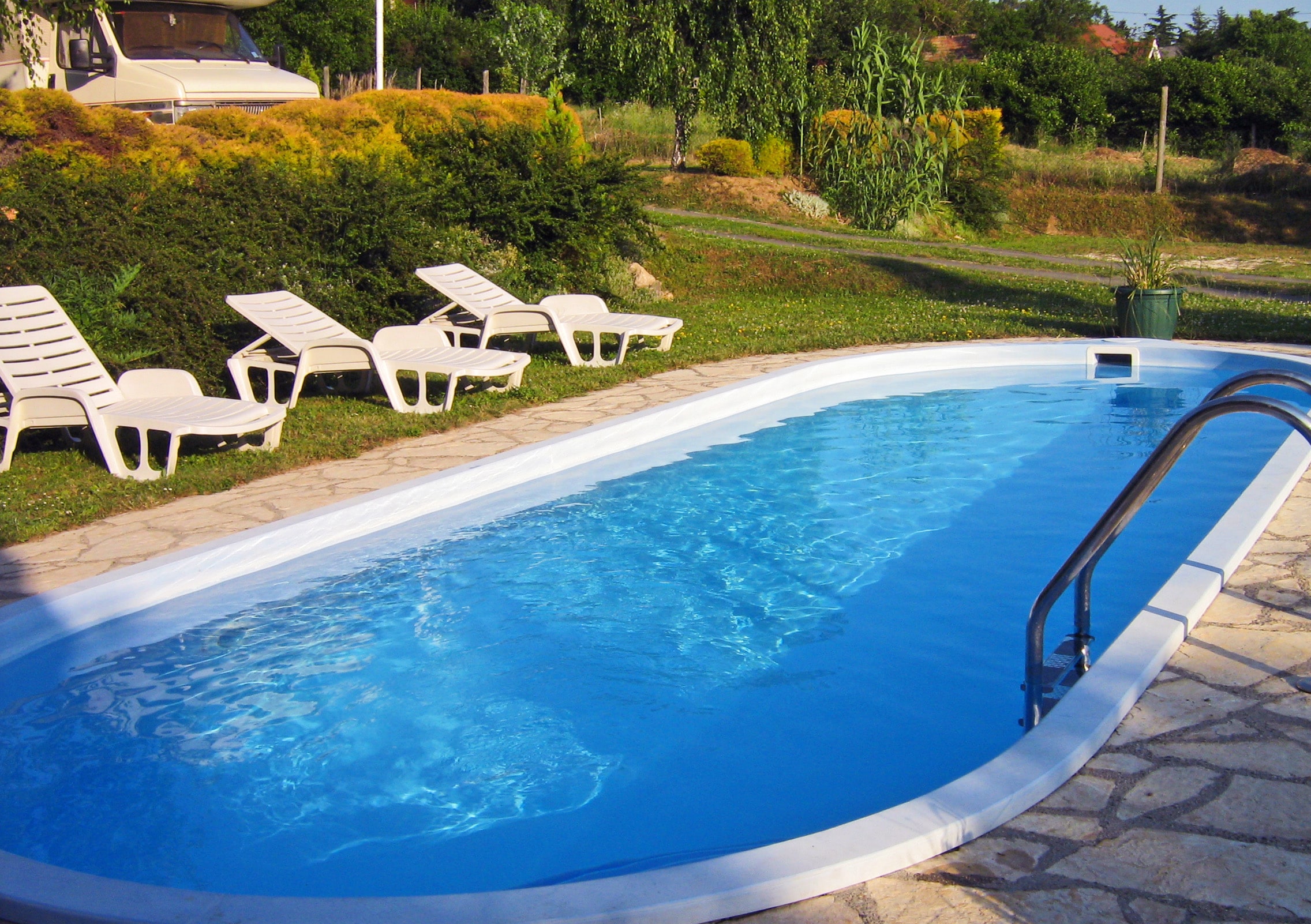

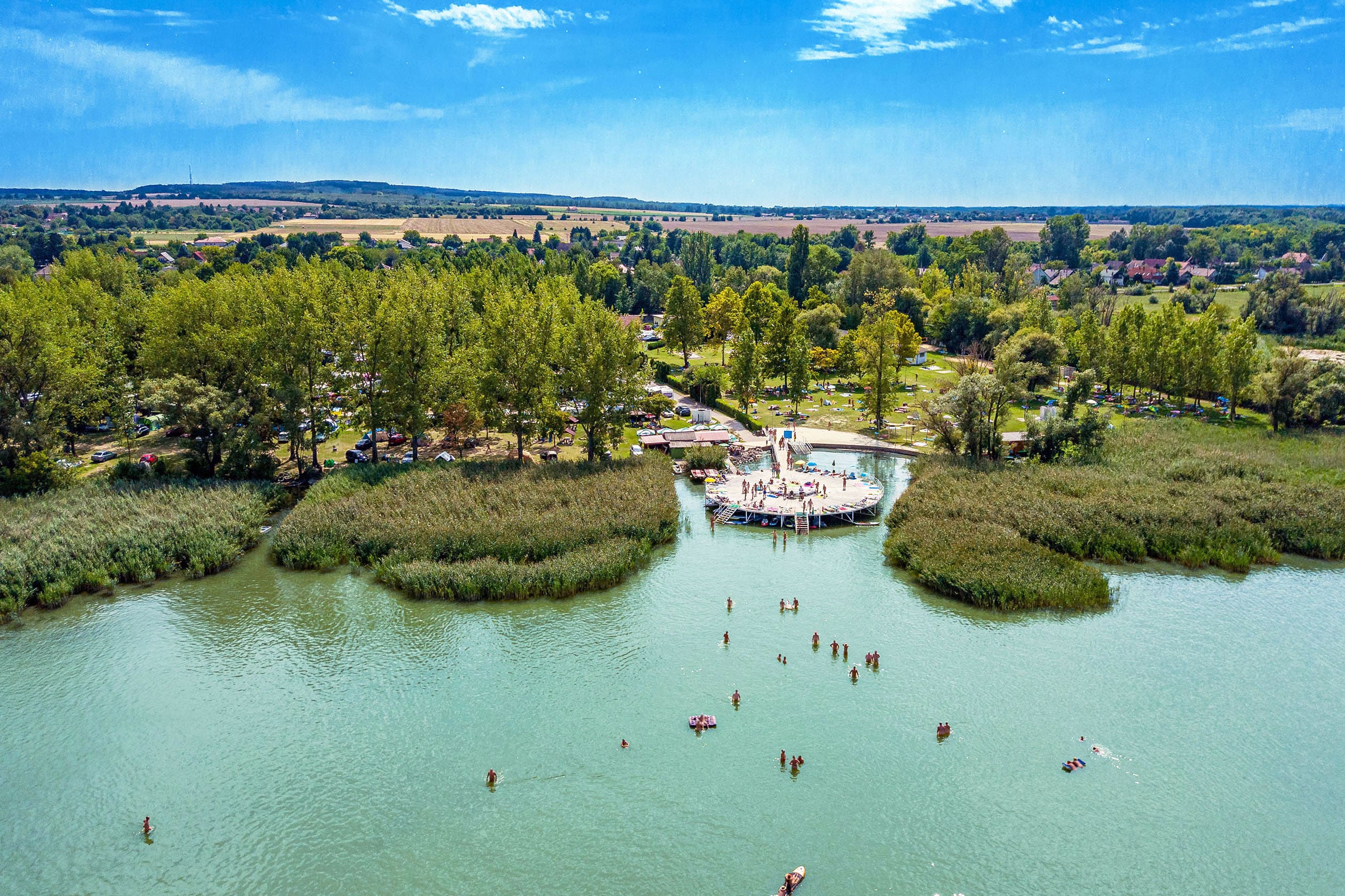

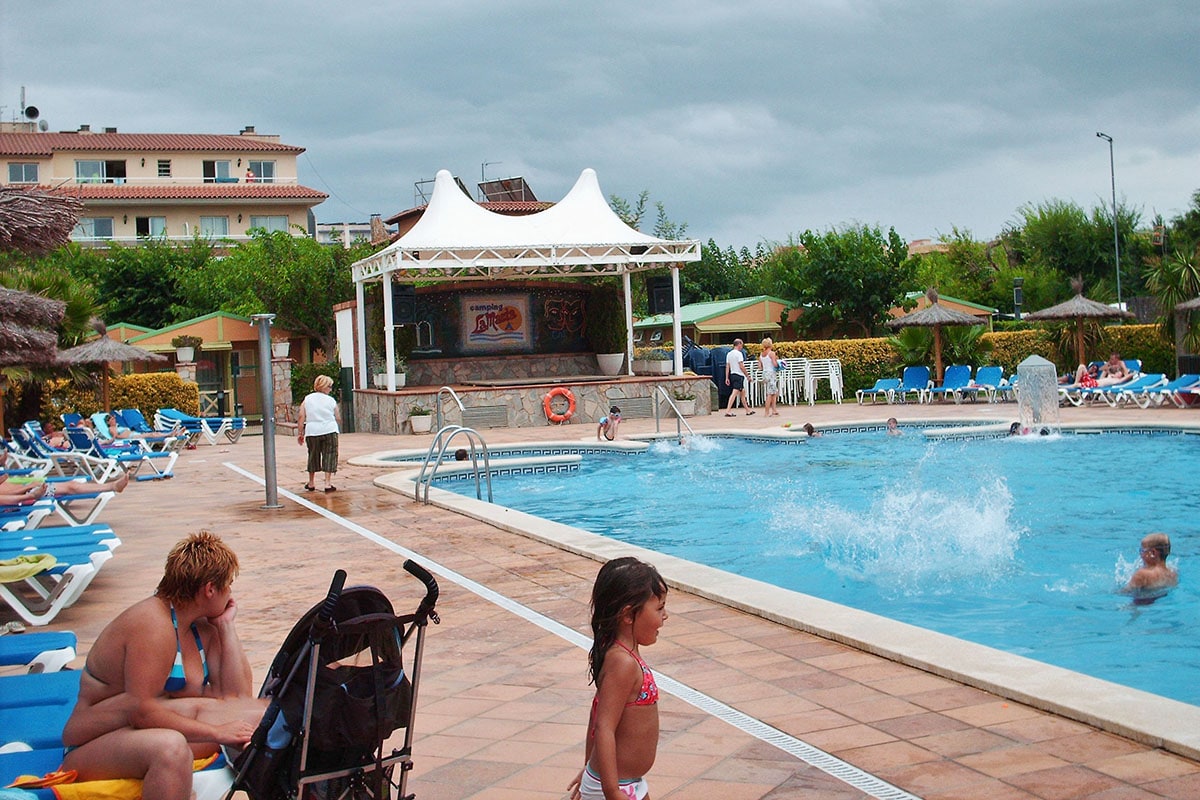
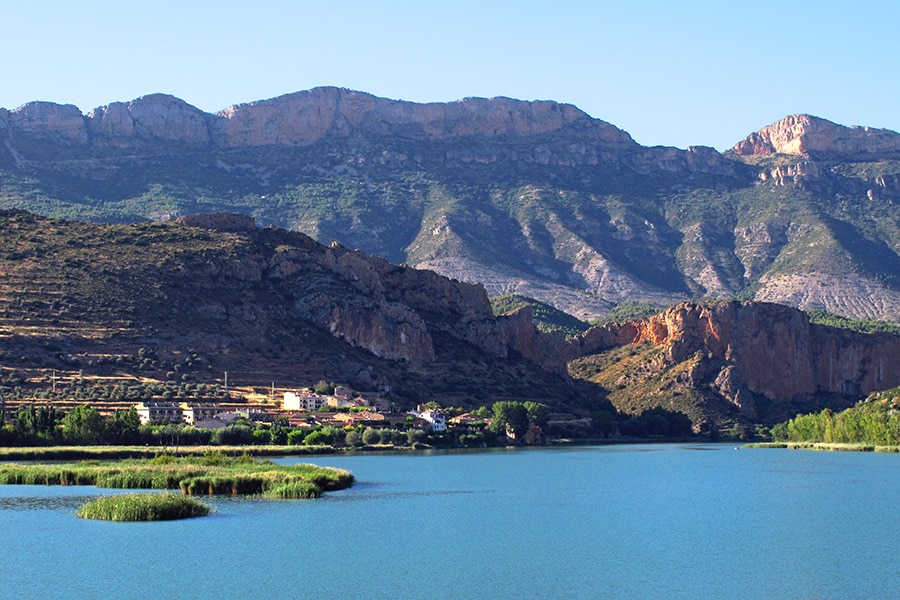

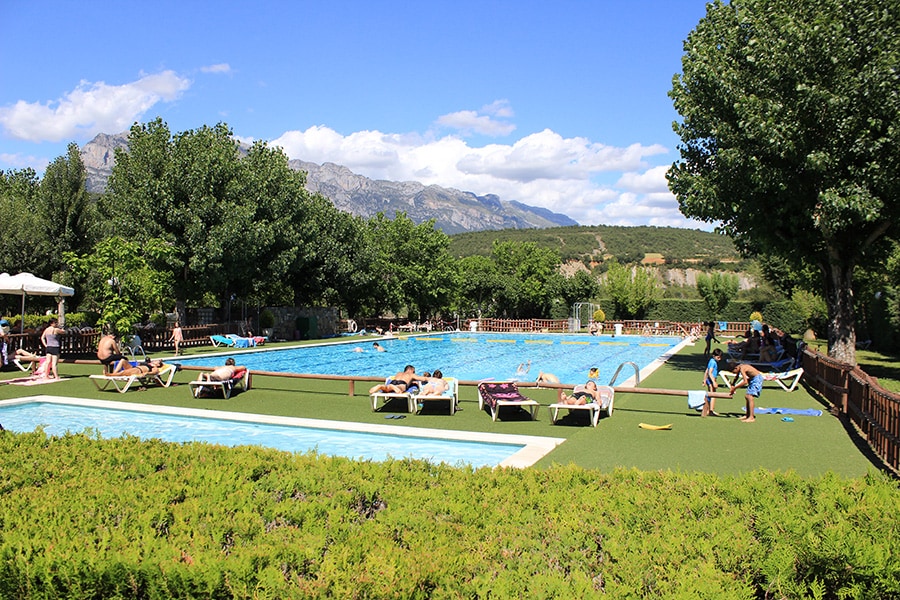


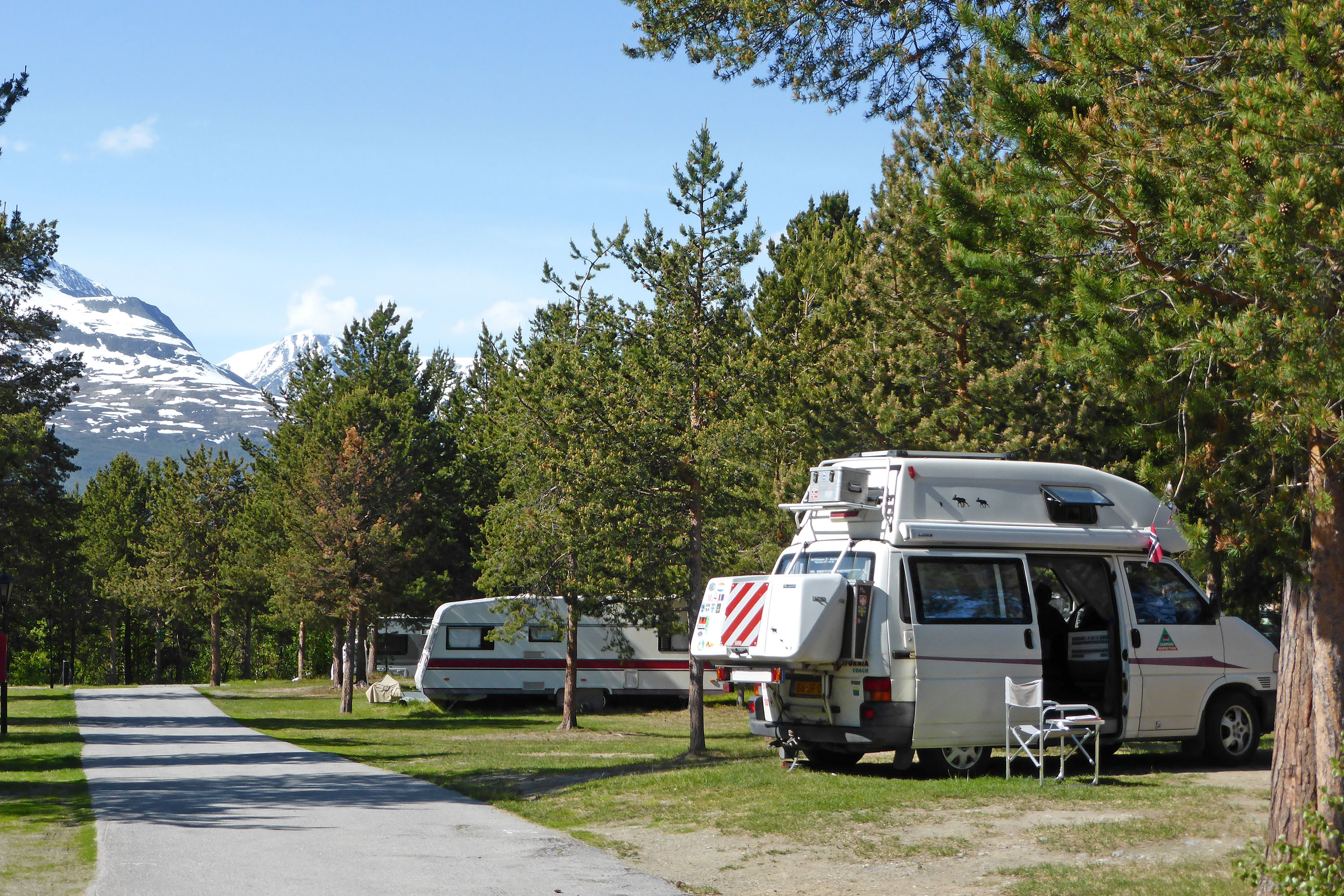
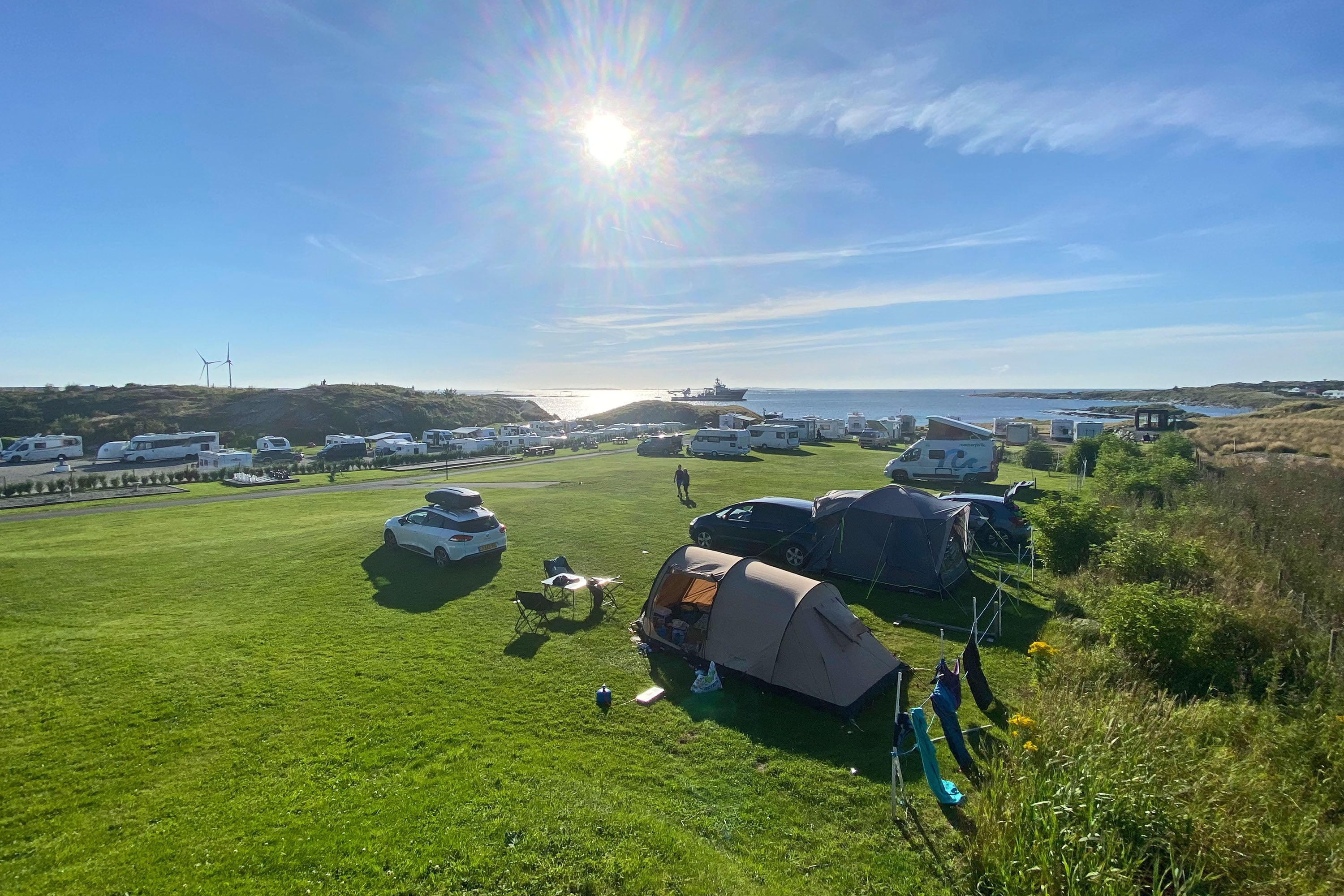
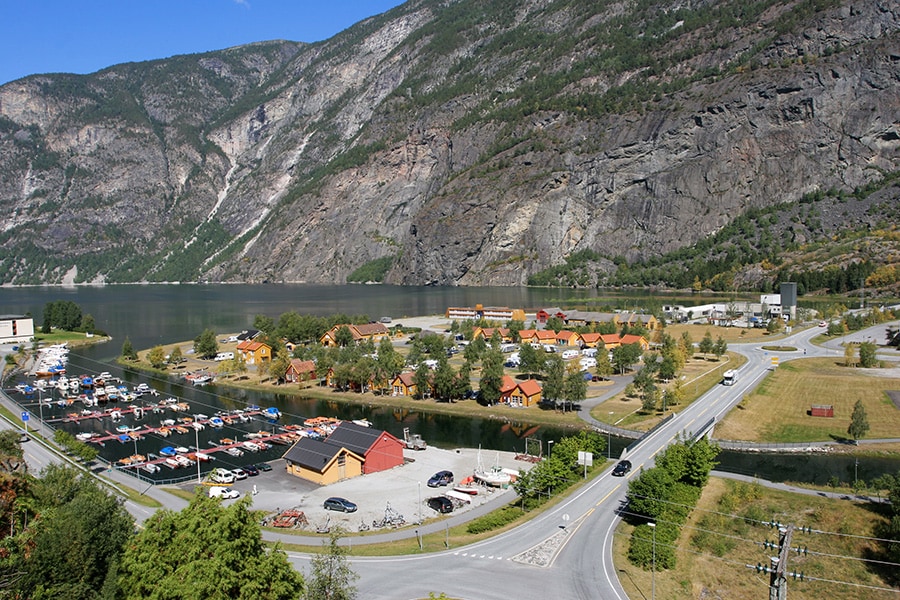
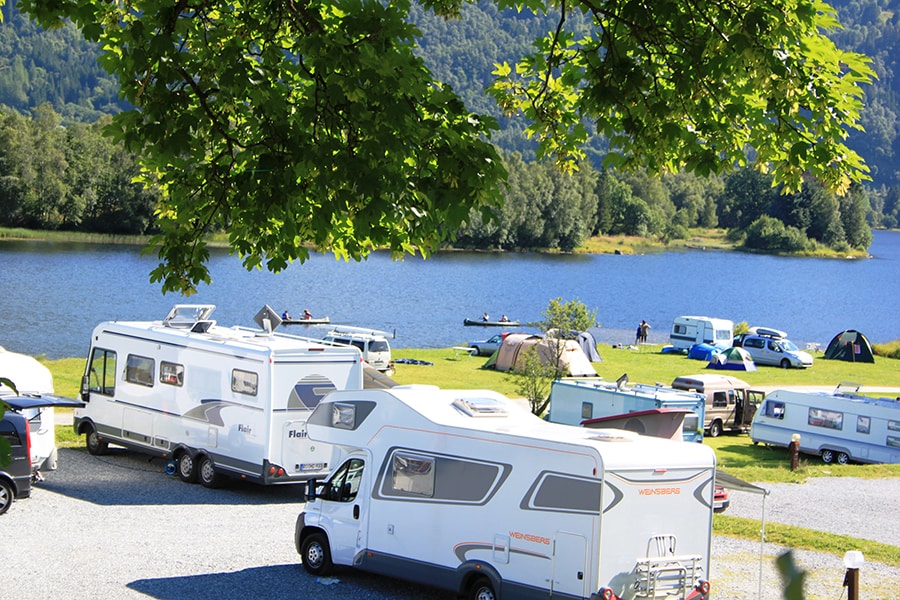

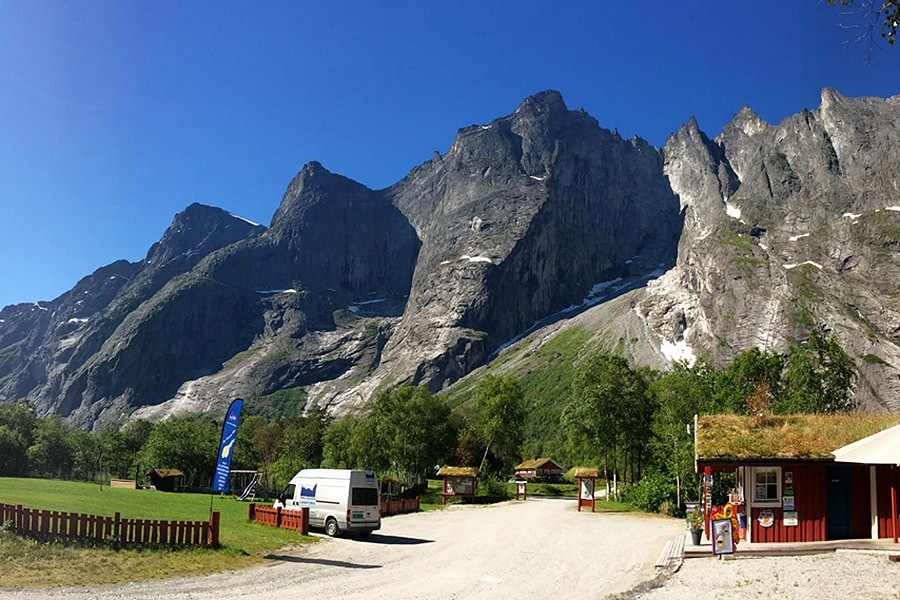


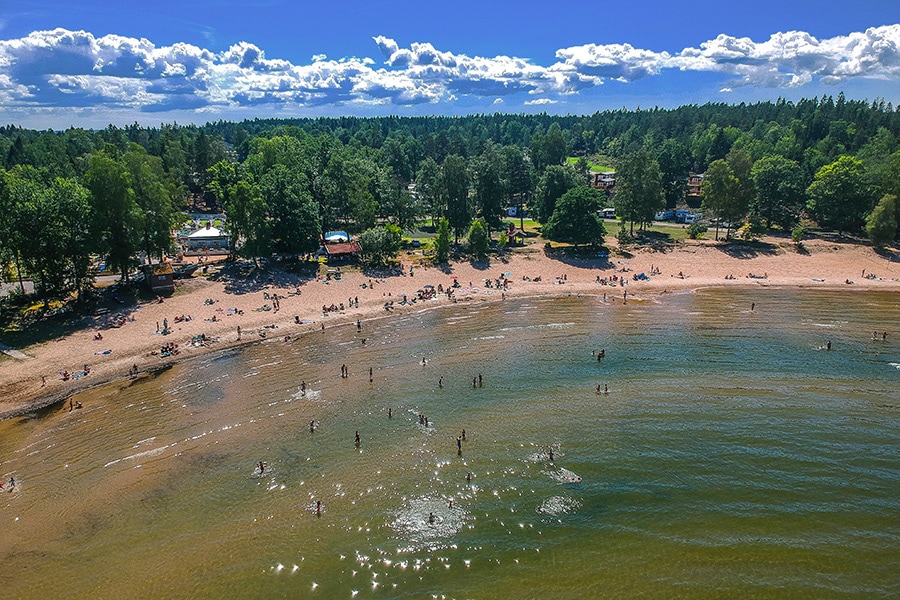
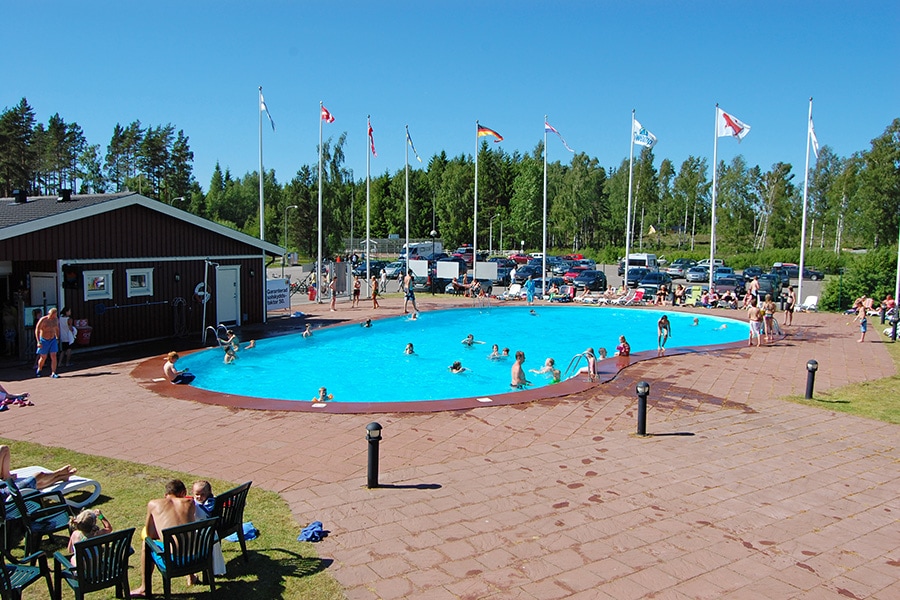




1 Comment
No mension of motorcycles!